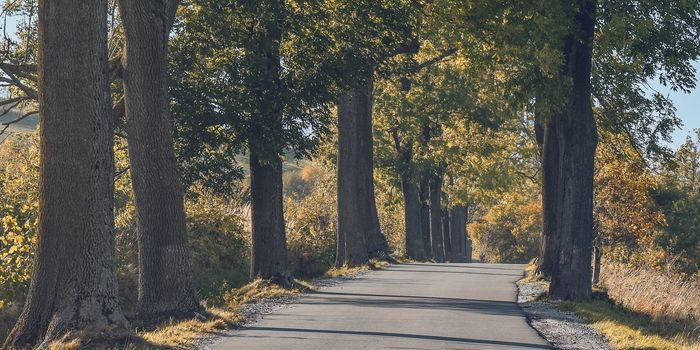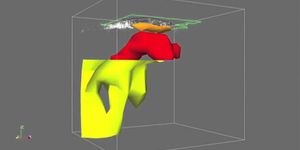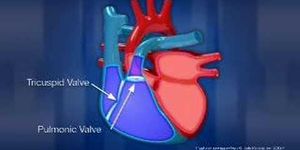Every day, the supervolcano lurking under Yellowstone National Park belches up 45,000 metric tons of carbon dioxide - much more than could be produced by the known magma chamber that lies just below the surface. Now, scientists have spotted a source of the excess gas, and it's a doozy. They've discovered a magma pool containing enough hot rock to fill the Grand Canyon 11 times, the researchers report online April 23 in Science.

Geophysicist Hsin-Hua Huang of the University of Utah in Salt Lake City and colleagues found the missing magma by carefully tracking the seismic waves from nearly 5,000 earthquakes that echoed off the supervolcano's insides. The newfound magma reservoir, which sits 20 kilometers beneath the surface, connects the magma-oozing hot spot that fuels the volcanic system to the near-surface magma chamber. At 46,000 cubic kilometers, this reservoir holds more than four times the volume of the smaller chamber.
While large, the researchers say, the reservoir is only 2 percent melted rock and is too deep to contribute to a supervolcanic eruption akin to the explosion that formed the Yellowstone caldera around 640,000 years ago. The estimated odds of an impending Yellowstone doomsday remain exceedingly slim, the authors assure. Even so, the discovery should help volcanologists better assess the hazards posed by the super volcano.
In their Science.com abstract, the researchers write: "Using a joint local and teleseismic earthquake P-wave seismic inversion, we unveil a basaltic lower-crustal magma body that provides a magmatic link between the Yellowstone mantle plume and the previously imaged upper-crustal magma reservoir. This lower-crustal magma body has a volume of 46,000 km3, ~4.5 times larger than the upper-crustal magma reservoir, and contains a melt fraction of ~2%. These estimates are critical to understanding the evolution of bimodal basaltic-rhyolitic volcanism, explaining the magnitude of CO2 discharge, and constraining dynamic models of the magmatic system for volcanic hazard assessment."
(Sources: Sciencenews.org; Sciencemag.org)









